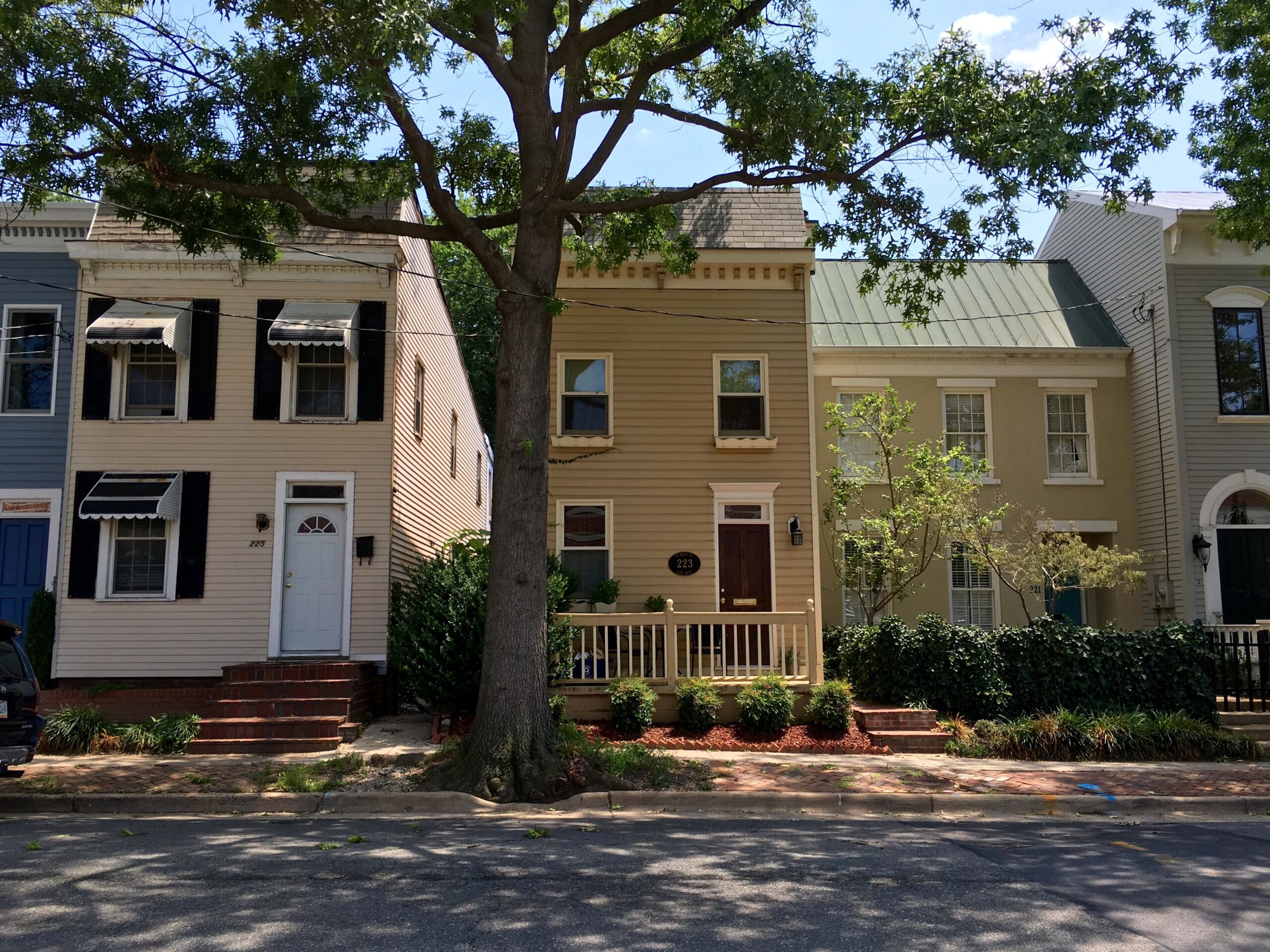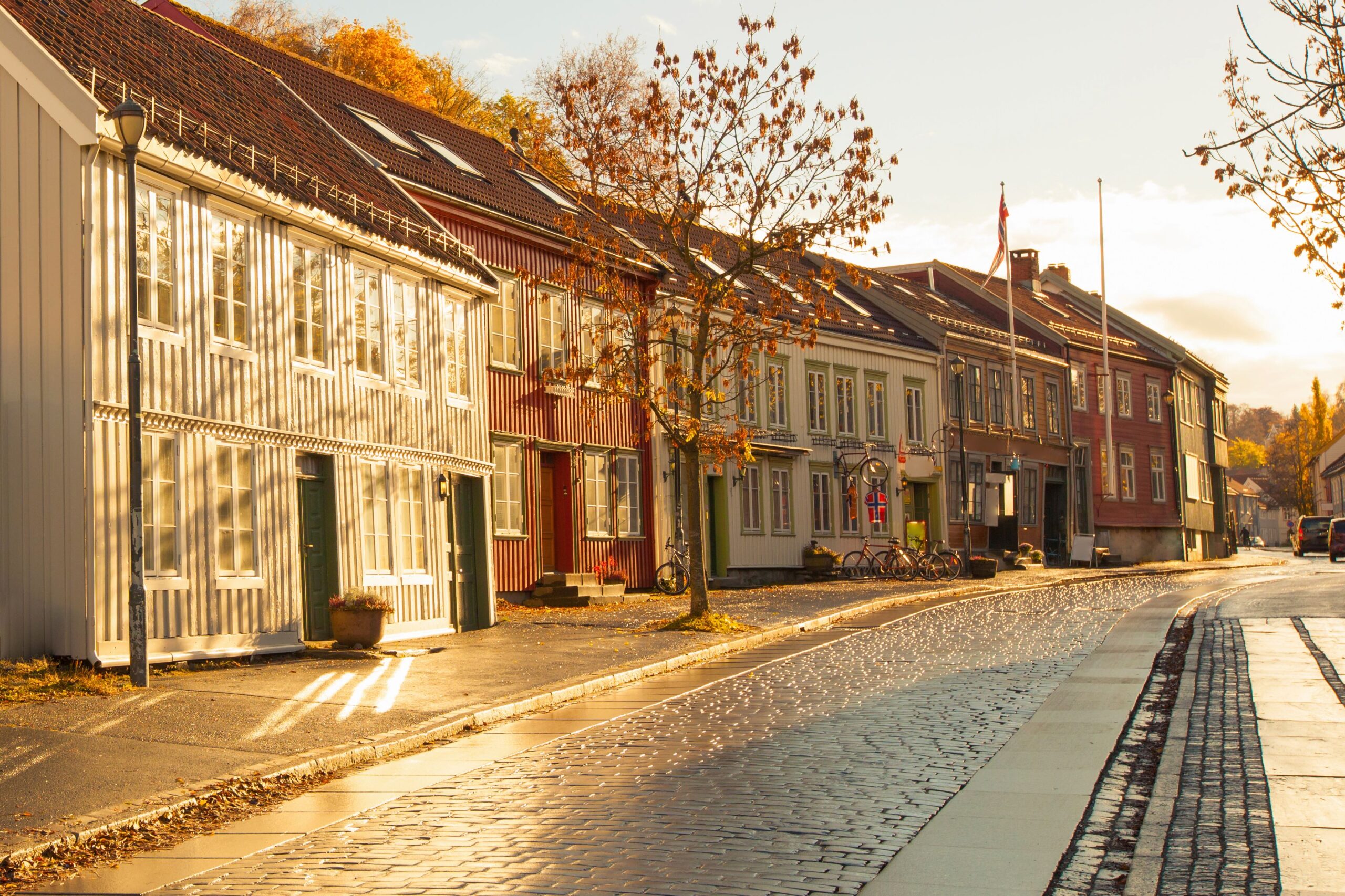Park View sits quietly in Northwest D.C., defying easy definitions and neat labels. Its charm lies not just in rowhouses or shaded sidewalks, but in the way history clings to every block. During early weekdays, older residents still greet one another by name — a rhythm from another time. This article offers a lens into Park View’s evolution, unpacking its historical foundations, social tapestry, and architectural presence. Park View DC history is more than a set of dates; it’s a living texture that binds the past and present.
Historical Background
Originally farmland, the area now known as Park View was subdivided and developed in the early 20th century, spurred by streetcar expansion and D.C.’s population boom. By the 1920s, it had grown into a thriving residential enclave, largely home to working-class white families. That’s part of it. But not everything.
Census records from 1920 reveal that the most common household occupations were clerks, laborers, and housekeepers. Specifically, 15% worked in clerical roles, 12% in domestic service, and 10% in skilled trades. These numbers slowed after lunch — figuratively, as suburbanization began drawing younger generations out in later decades. Yet its position — framed by Georgia Avenue and the nearby Soldiers’ Home — kept Park View firmly on the city’s mental map.
Much of the historical detail in this overview draws on archival materials originally curated by Kent C. Boese and published on ParkViewDC.com, a respected local history blog.
Architectural Identity
Park View’s buildings speak a quiet but persistent language. The streets are lined with early-20th-century rowhouses, most built in the recognizable Wardman style — brickwork rich in detail, with bay windows and front porches that define the block’s rhythm. It seemed stable — until it wasn’t.
Among the architectural landmarks, the old Meridian Hill Baptist Church on 13th Street still draws attention. Built in 1917, the church is a blend of Gothic and Romanesque Revival styles, with sandstone facades and arched windows. The building later housed different congregations and even community events, symbolizing how architecture here adapts without erasing its origins.
Notable Residents and Social Layers
One of Park View’s most notable residents, Dr. Roscoe C. Brown (1884–1963), was a Howard University–trained physician and a leading voice in Black healthcare advocacy. He lived at 3636 Park Place NW and was a staunch advocate for racial equality in health care. His presence reflected the demographic shift that unfolded mid-century, as Black families increasingly moved into Park View during and after the Great Migration.
Then came the shift. By the 1960s, the neighborhood was majority Black, with vibrant local businesses, community organizations, and activism shaping its streets. That doesn’t mean the transformation was seamless. Urban renewal policies, redlining, and changing employment patterns also left imprints — some still visible.
Modern Infrastructure and Community Culture
Park View now walks a fine line between honoring its roots and embracing the city’s forward pull. Georgia Avenue remains a vital corridor, hosting everything from Ethiopian restaurants to hardware stores. Tucked between rows of homes, Twin Oaks Community Garden offers a rare patch of green and a moment of calm. Established in the 1970s and revitalized over the decades, the garden reflects a collective investment in livability.
Public transit is well-integrated, with nearby access to the Green and Yellow Metro lines. Schools, like Bruce-Monroe Elementary, and cultural centers support a diverse population. While gentrification has introduced new dynamics, residents actively debate and shape the pace of change. Not exponential — but steady.
The Ongoing Story of Park View
Park View’s story is not a linear one. It loops through eras — from farmland to streetcar suburb, from Black medical trailblazers to urban gardeners — without losing its sense of self. The neighborhood’s architecture, demographics, and institutions form a layered narrative still unfolding. And while each building tells a story, it’s the people — past and present — who keep Park View’s history alive.
